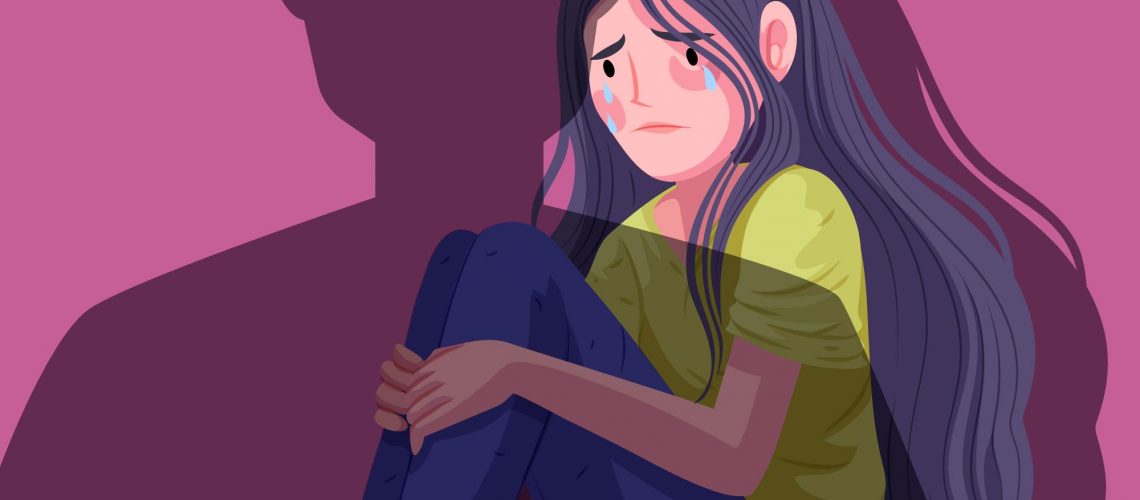Connections across boundaries are becoming faster and stronger as technology continues to advance. While this is being wonderful for families, long-distance friends, and people with common interests, it also makes it easier for traffickers to search out, recruit, and exploit unsuspecting victims without getting caught.
Cyber trafficking means online trade of humans for the purpose of forced labour, sexual slavery, child pornography, selling babies, surrogate mothers, or organ trading for the traffickers. Every aspect of an individual’s behaviour is being tracked, documented, and harvested. Fraudsters are stealing private words, actions, conversations, and photos and then making them public. They are making a public without content, a public without context and a public without compassion.
Worldwide, 4.95 billion people are using the net and of these, 4.62 billion are active social media users, meaning we have 58.4% of the world population using social media. This social media access provides traffickers with virtually limitless marketing potential and direct access to several vulnerable populations, like unmonitored children, runaways, those experiencing homelessness, and people living in isolation or poverty.
Who is at risk and why?:
All children are at risk of exploitation over the internet. There are few behaviours can make children more vulnerable to trafficking. Some of the examples include: (a) Adolescence (b) social exclusion (c) Parental conflict (d) History of physical abuse (e) Others include depression, bullying, poverty, urbanisation, and family disintegration.
Few ways as how they trap:
Traffickers will take the form of faceless online “friends” by spending months grooming (befriending and building a relationship with) children to gain trust over time so that they can coax them into a lifetime of abuse and exploitation. Traffickers give victim so much care, attention, often send gifts, make enticing promises and they will gain the unsuspecting confidence from youth.
Traffickers use many deception tactics online similar to offline tactics. They promise a job to a poor student with honest words, pose as a task model or caring companion to form dependence, or entrap a victim through indentured servitude for a compounding loan. After the positive relationship is established, the trafficker now manipulates or coerce the victim into performing sexual acts both offline and online.
What they do?:
Today, the Internet provides easy accessibility to a larger group of potential victims and buyers because traditional physical and geographical limitations do not exist. (a) Virtual sexual assault and other forms of exploitation occur; photos and videos are sold to customers all over the world on various platforms, resulting in even more money for traffickers at no extra cost. (b) Traffickers are currently using technology to profile, recruit, control, and exploit their victims, as well as to hide illegal materials derived from trafficking without ever having to personally satisfy them. (c) Traffickers create fake websites or post advertisements on legitimate employment portals and social networking websites. A variety of those sites feature the option of a live chat. This provides traffickers with immediate contact and an opportunity to obtain personal information, enhancing their power over targeted victims. (d) Location-tracking applications and worldwide positioning systems in mobile phones are used to determine the victim’s location, while cameras in smartphones used during video calls enabling traffickers to see their victims and their surroundings. (e) Traffickers also maintain control over their victims by threatening to release intimate photos or videos of them to family and friends if they are not complying with their demands.
The illicit proceeds from this highly profitable crime are being laundered online through crypto currencies, which make it easier for traffickers to receive, hide, and move large amounts of money with less risk of being detected. When an offence against the law is planned in one country, with victims in another country, and a customer in an exceedingly third location, enforcement authorities face practical challenges like finding and securing evidence, as the investigation requires cooperation across borders and requires high level of digital expertise.
Few important preventive measures
* Web pages of all police departments, social organisations, ministries, banks, and other public or private entities should provide advice to increase public awareness, avert and protect people against the dangers inherent in the new technologies.
* Educational programmes meant for younger children must be aware that the youth depend on them for those abusing situations and such programmes should offer realistic reporting mechanisms and provide caretaking relationship when the families are away. (For example, toll-free numbers 100, 1098, and 1930, among others.)
* Create supporting resources to identify behavioural changes, to provide parents with knowledge, ideas, and conversation starters to protect their children from online sexual assault.
* Sextortion, child labour, surrogacy, and organ sales are topics that should be covered in formal education and should be informed about the dangers of using social media and video chats for children aged 8 to 17 years old.
* Widespread dissemination of digital wellbeing across schools, colleges, and public and private sector companies.
Few quick tips for kids
Some quick tips include (a) Staying private on social media (b) Connect with known people only. (c) Avoiding personal expressions and emotions online. (d) Fact checking before your forward (e) Enable two factor authentication for email and social media platforms. (f) Have your family members as your friends and partners on social channels and games. (g) Use Family Email (h) Have more green time than screen time (i) Enable play it safe features for all games and, (j) Enable parental control for all apps, browsers and social channels.



